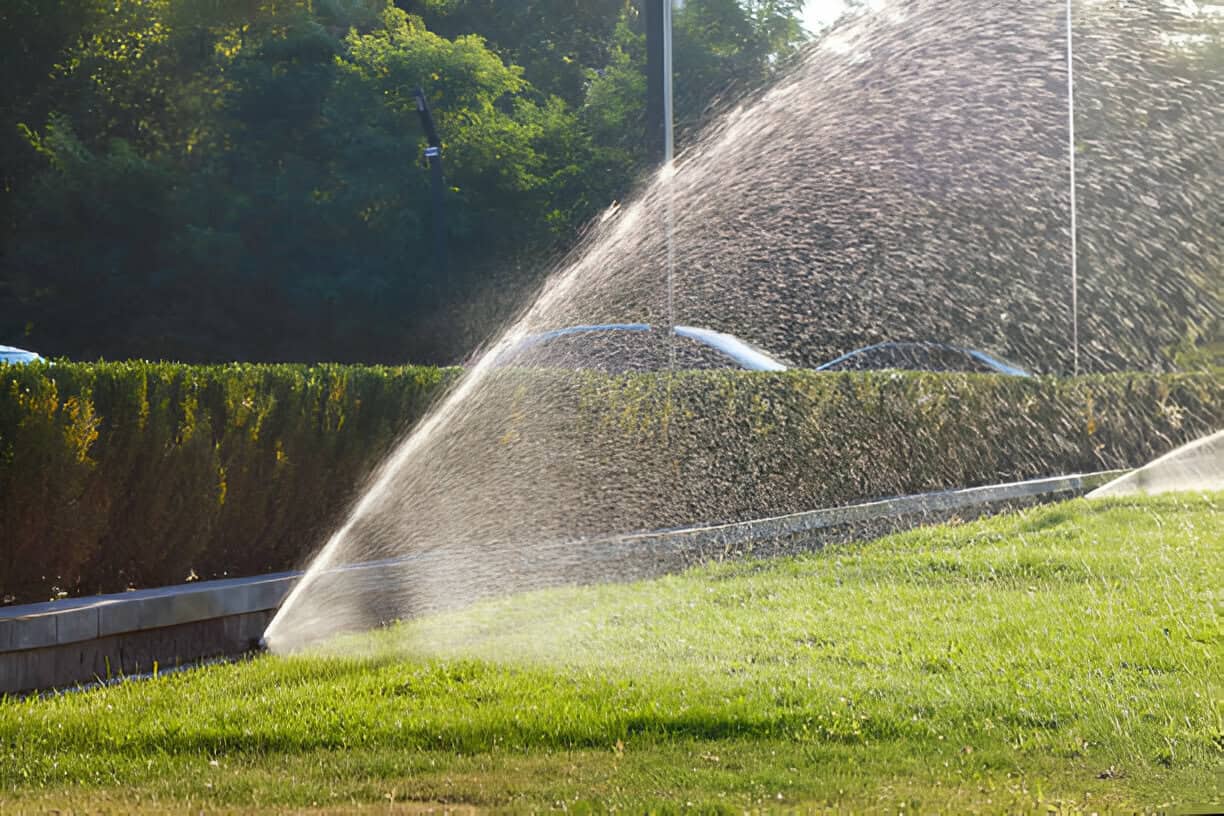Shaded sections of your yard can be challenging to develop into a lush, green lawn. But do not be afraid! With the proper techniques and a little patience, you can transform those shady areas into lush patches of grass that enhance the beauty of your environment.
At Little Rock Lawns, we go far beyond “guy on a truck” lawn care services; our mission is to create beautiful, healthy lawns and landscapes. This requires technical expertise in everything from plant nutrition and disease identification to proper mowing and pruning methods. It also requires a commitment to quality service and reliability. That is why we take pride in being locally owned and operated, readily available to our clients by phone, and even offering 24-hour emergency services.
In this blog post, we will provide step-by-step instructions for effectively growing lawn grass seed in shaded areas.
1. Evaluate Shade
Before you start growing grass, evaluate the shade conditions in your yard. Identify the types of shady spots present, such as dappled, partial, or deep shade, as well as the amount of sunlight exposure throughout the day. This assessment will help you choose the most suitable grass types and tailor your lawn care practices accordingly.
2. Select Shade-Tolerant Grass Varieties
Not all types of grass thrive in shady conditions. Choose shade-tolerant grass varieties that thrive in low-light settings. Some excellent choices include fine fescue, tall fescue, Kentucky bluegrass, and perennial ryegrass. These grasses have adapted to flourish in low light and are more resilient in shaded lawns.
3. Soil Preparation
A successful lawn requires healthy soil, even in densely shaded areas. Start by aerating the soil to improve its structure and facilitate air and water movement. Then, add organic matter to the soil, such as mulch or peat moss, to enhance fertility and prevent poor drainage. Incorporating these amendments provides a nutrient-rich environment for germination and root growth of new grass seedlings.
4. Overseed the Area
Overseeding annually can help fill in bare patches and promote the growth of thick grass in both moderately shaded and heavily shaded lawn areas. Choose or plant shade grass seed with high-quality shade tolerance and evenly distribute it over the prepared soil. After sowing, lightly rake the area to ensure proper seed-to-soil contact. Gently water the seeded area to keep the soil moist during the germination phase, which typically takes one to three weeks.
5. Customize Watering
Grass in shady areas requires unique watering and mowing practices. Water your warm-season grasses or cool-season grasses early in the morning but infrequently to promote the growth of deeper roots and avoid waterlogging. Aim for one inch of water every week, whether from rain or irrigation.
6. Monitor for Pests and Diseases
A shady lawn is more prone to pest infestations and fungal diseases due to poor airflow and moisture retention. Keep a watch out for pests like grubs or insects in both warm-season and cool-season grass and treat them as soon as they appear. In addition, keep an eye out for signs of fungal illness, such as brown patches or moldy growth, and take preventive steps including appropriate lawn upkeep and aeration.
7. Supplemental Light
In a densely shady spot, consider giving additional light to promote grass growth. Trimming down overhanging branches and thinning out foliage can help boost direct sunlight penetration. Alternatively, placing low-voltage landscape lights or reflective surfaces nearby can assist in redirecting and magnifying available sunlight, resulting in a more favorable environment for grass growth.
8. Patience and Persistence
Patience and persistence are essential when growing grass in shaded places. Significant changes may take many weeks or months to appear, particularly in regions with deep shade or low soil quality. Maintain a consistent care regimen, including watering, fertilizing, and overseeding as needed, and track the progress of shaded areas over time. With dedication and careful care, you’ll eventually see a stronger, greener lawn emerge in those formerly shaded areas.
In Summary
Most grasses in dark regions can be successful with the proper strategy and knowledge. You can create a thriving lawn that flourishes even in the shade by selecting shade-tolerant grasses, preparing the soil, strategically overseeding, modifying watering and mowing habits, monitoring for pests and diseases, and providing supplemental sunlight as needed.
Let Little Rock Lawns transform a shady area of your yard into the sanctuary of your dreams. Call us today at (501) 257-0323.











